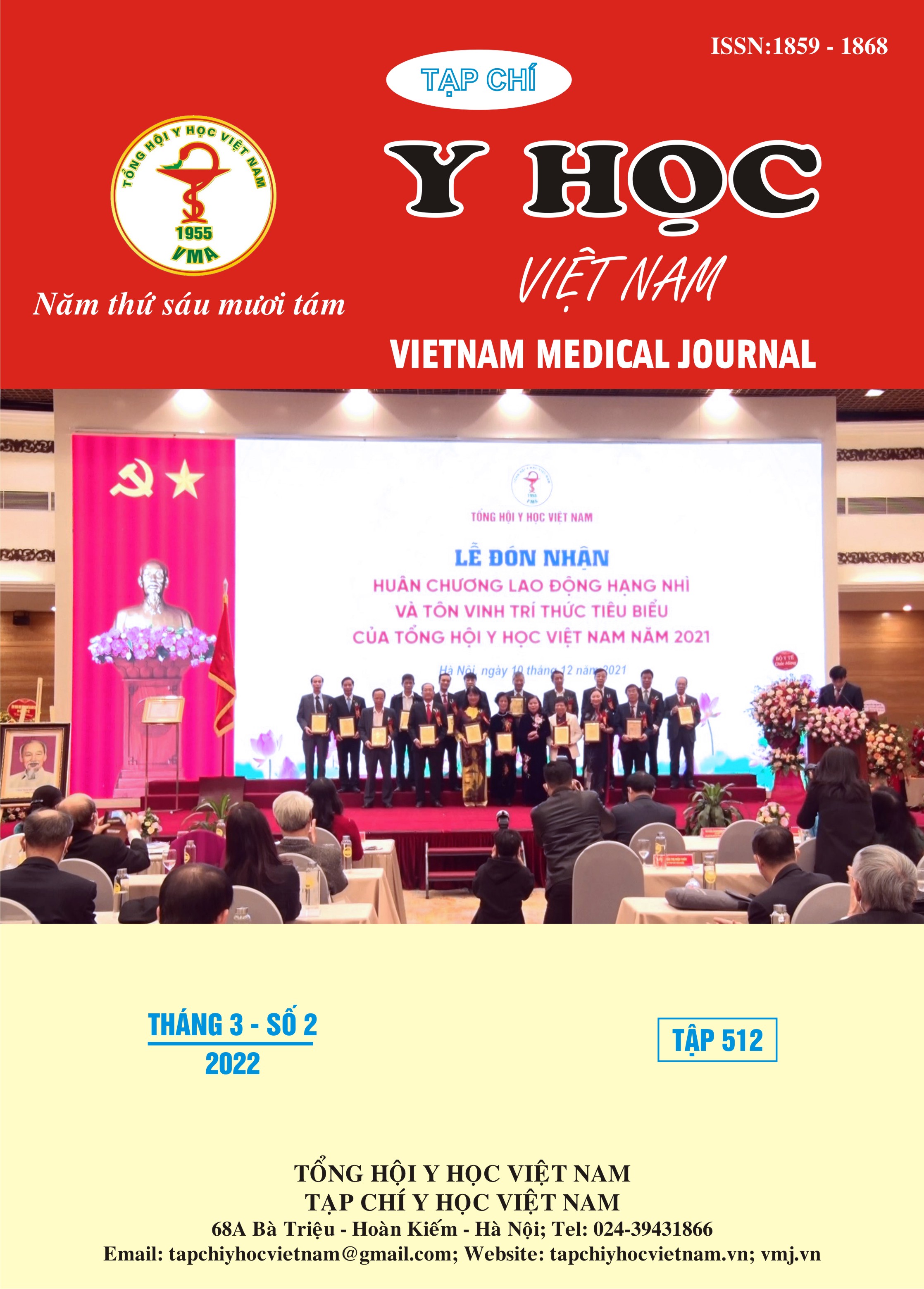FOOD PORTIONS AND RELATED FACTORS OF MEDICAL STUDENTS IN 4TH AND 5TH YEARS IN TAY NGUYEN UNIVERSITY
Main Article Content
Abstract
Background: The eating behaviors during someone’s tertiary education could tremendously influence his/her habits, lifestyle as an adult, and the risks of developing metabolic disorders later in his/her life. Medical students have to confront various difficulties in order to maintain their healthy diet and lifestyle, are regularly exposed to unhygienic foods such as street foods or those from canteens; besides, they are also likely to consume fast-food that is high in saturated fat, eat very small amount of fruits and vegetables, and skip meals. Objective: Identify food portions and some related factors of medical students in their 4th and 5th years in Tay Nguyen University. Methods: The cross-sectional study was implemented on 192 medical students in their 4th and 5th years in Tay Nguyen University from October 2020 to April 2021. The data were collected via a structured questionnaire and face-to-face interviews. Results: The general energy value of students in this study was 1812.1 ± 355.8 Kcal, in which 2138.4 ± 402.3 Kcal was the value of male students, much higher than that of female counterparts (1687.7 ± 240.4) with p < 0.05. The proportion of minerals and vitamins in male students’ portions was also higher than that of female ones, but the opposite was true for zinc and vitamin C. Conclusions: The energy in food portions of students studied was lower than the recommended requirement from the Ministry of Health in 2016 and was unbalanced, with the proportion of protein (16.9%) meeting the requirement, and lipid (30.0%) being higher than the recommended one. Meanwhile, the percentage of glucid was lower than the recommended level (55-65%).
Article Details
Keywords
food portions, medical students
References
2. Alkazemi D. Gender differences in weight status, dietary habits, and health attitudes among college students in Kuwait: A cross-sectional study. Nutr Health. 2019;25(2):75-84.
3. Firth J. Levels and sources of stress in medical students. Br Med J Clin Res Ed. 1986; 292 (6529):1177-1180.
4. Al-Qahtani MH. Dietary Habits of Saudi Medical Students at University of Dammam. Int J Health Sci. 2016;10(3):353-362.
5. Trương Thị Ngọc Đường. Tình trạng dinh dưỡng và khẩu phần thực tế của sinh viên năm thứ nhất trường Cao đẳng Y tế Cần Thơ. Published online 2020.
6. Nguyễn Thị Đan Thanh. Tình trạng dinh dưỡng, khẩu phần của sinh viên y1 và y4 trường đại học Y khoa Phạm Ngọc Thạch năm 2014. Published online 2014.
7. Bộ Y tế, Viện Dinh dưỡng. Nhu Cầu Dinh Dưỡng Khuyến Nghị Cho Người Việt Nam. Nhà xuất bản Y học; 2016.


